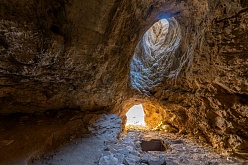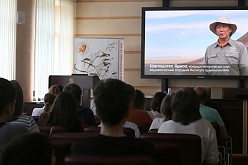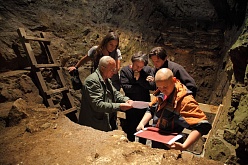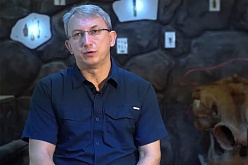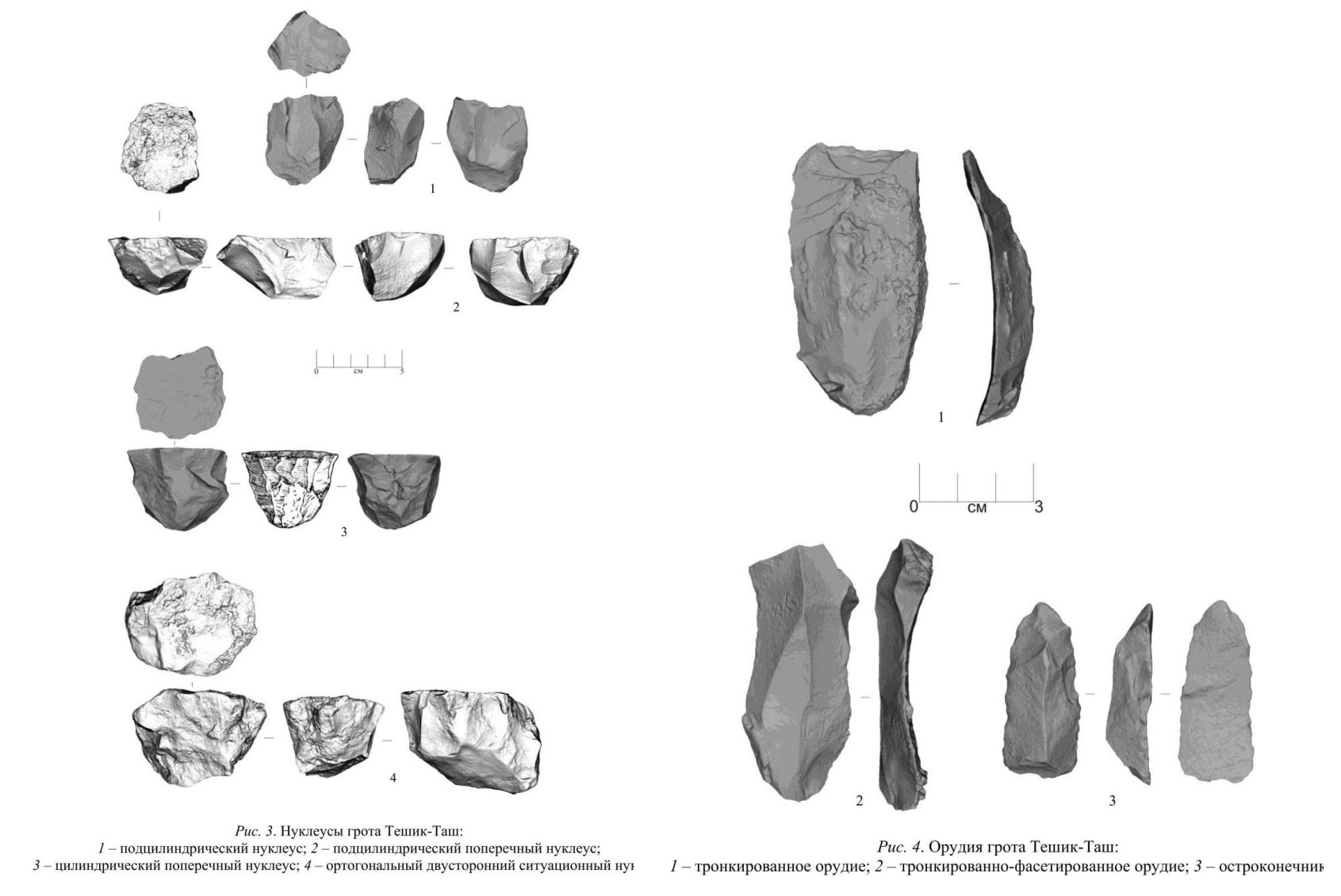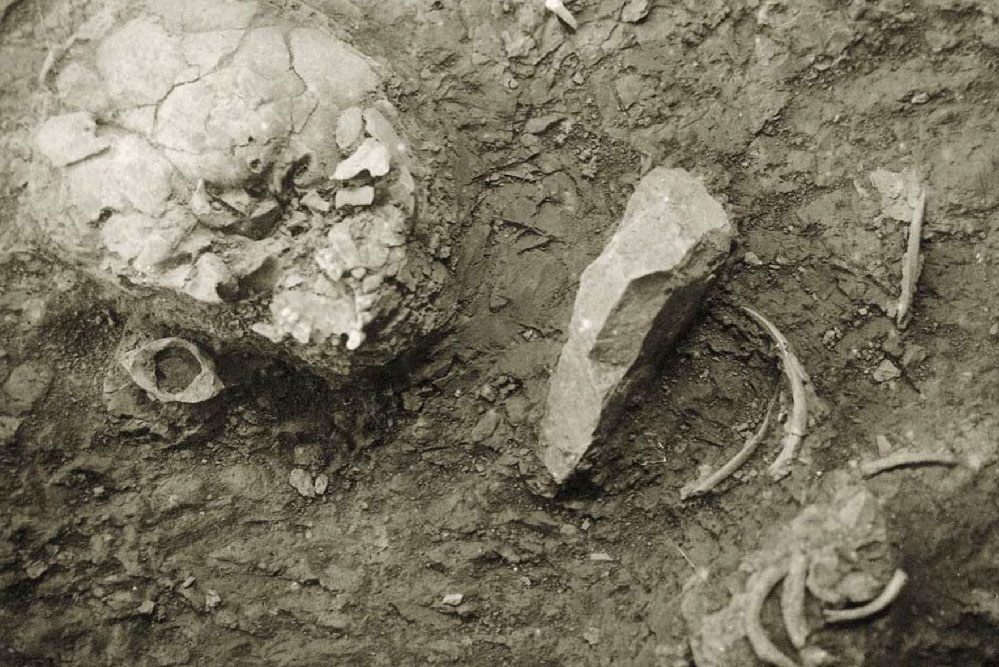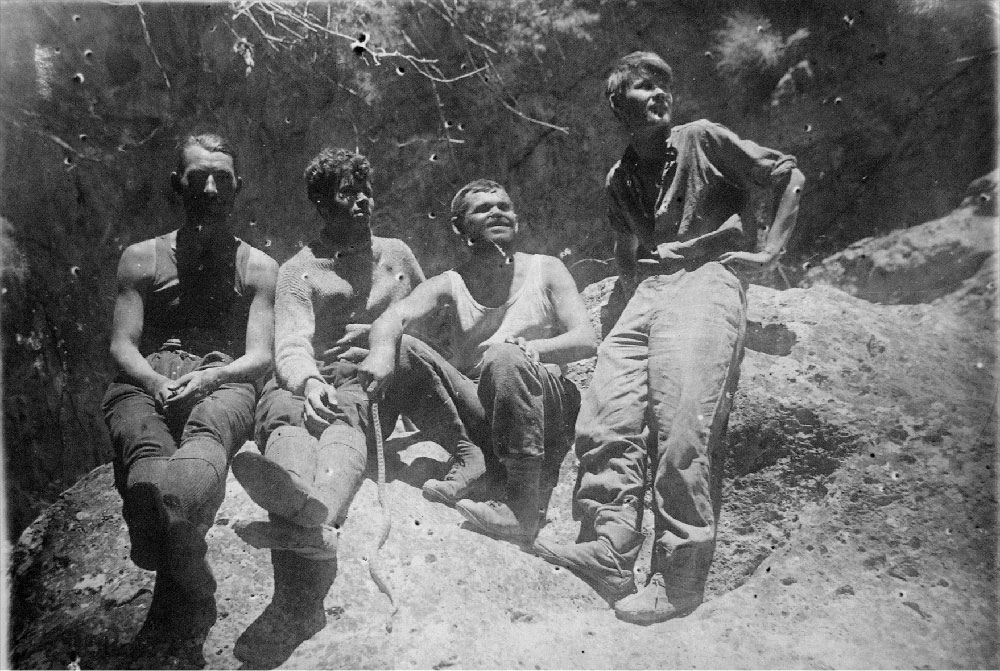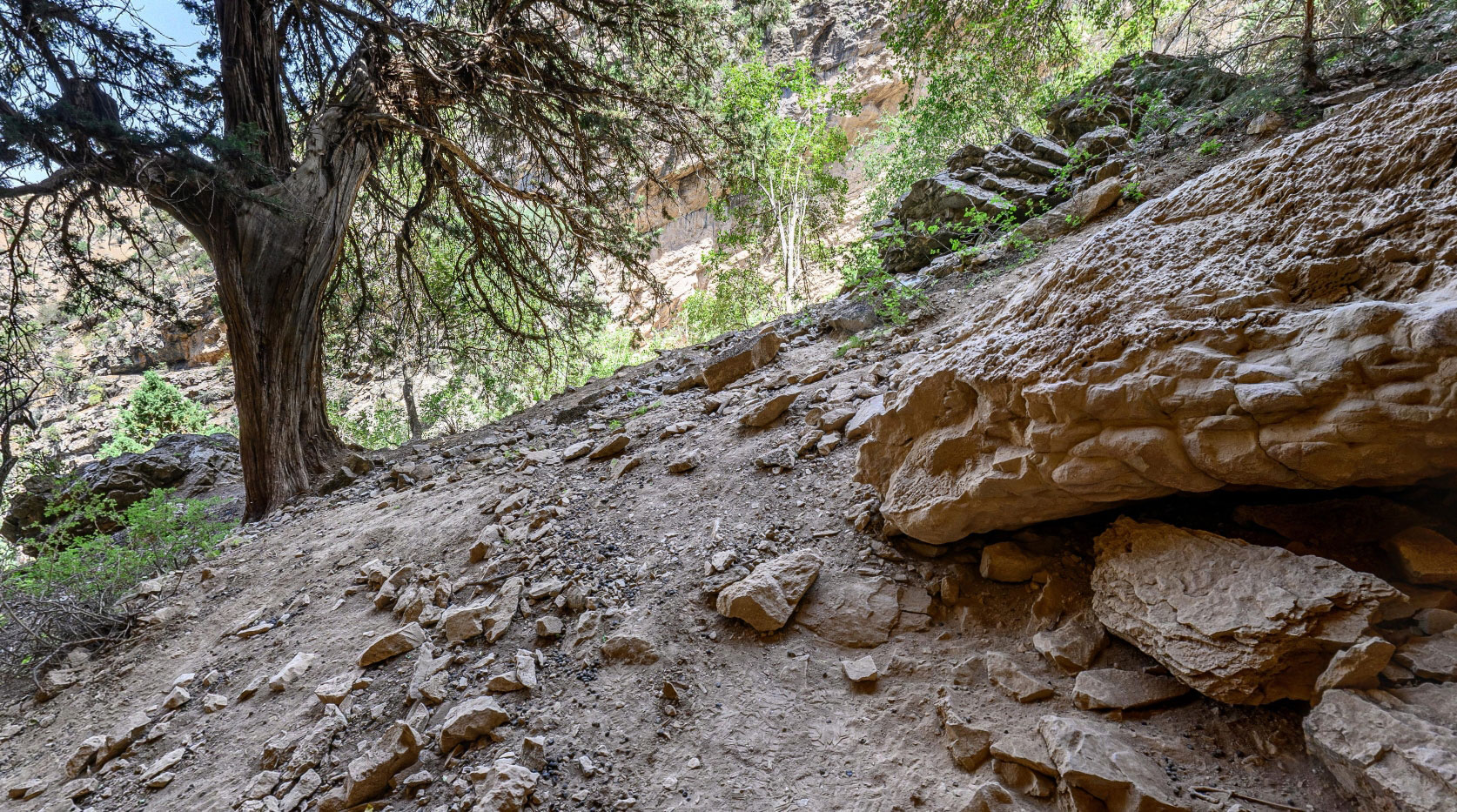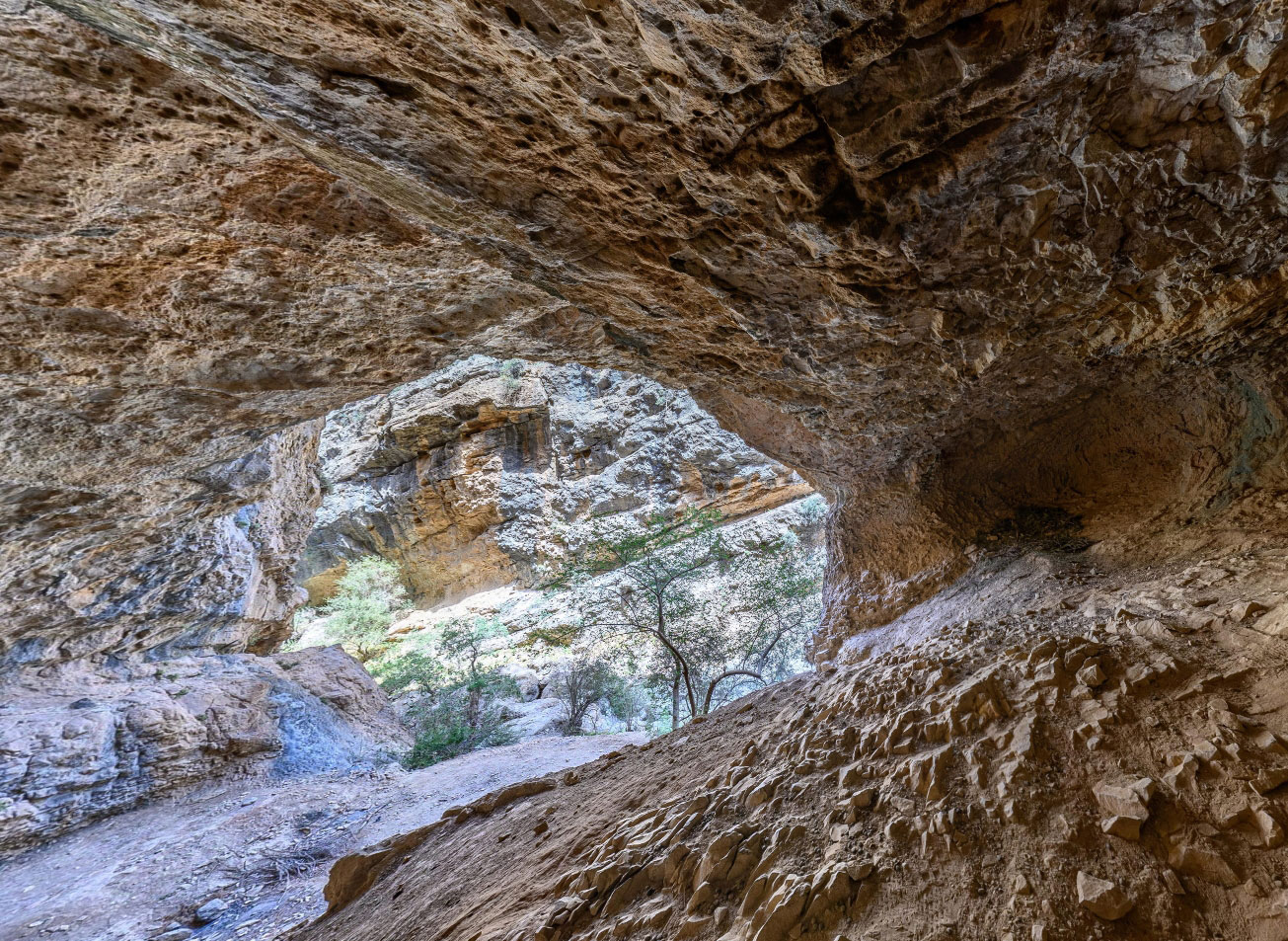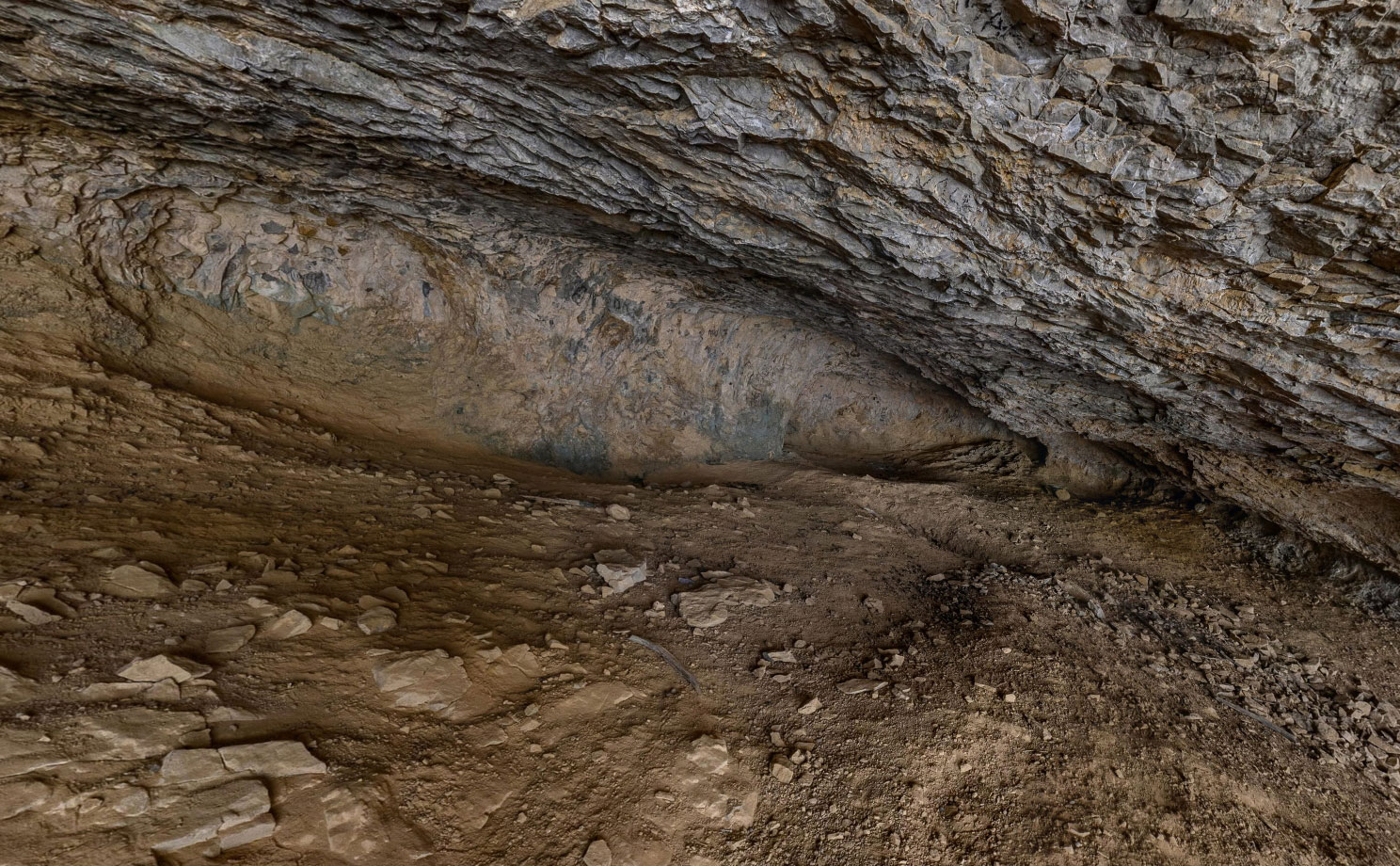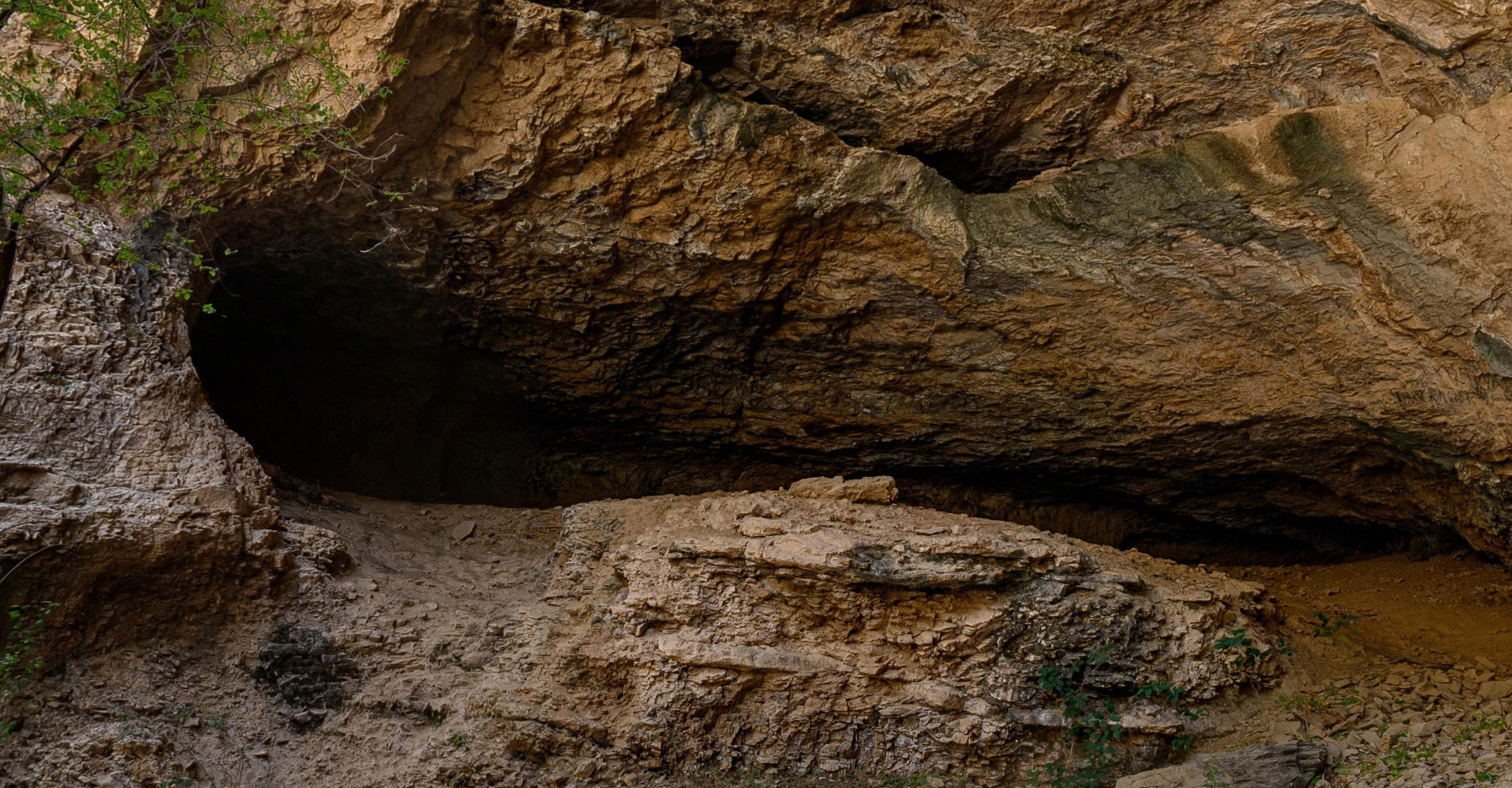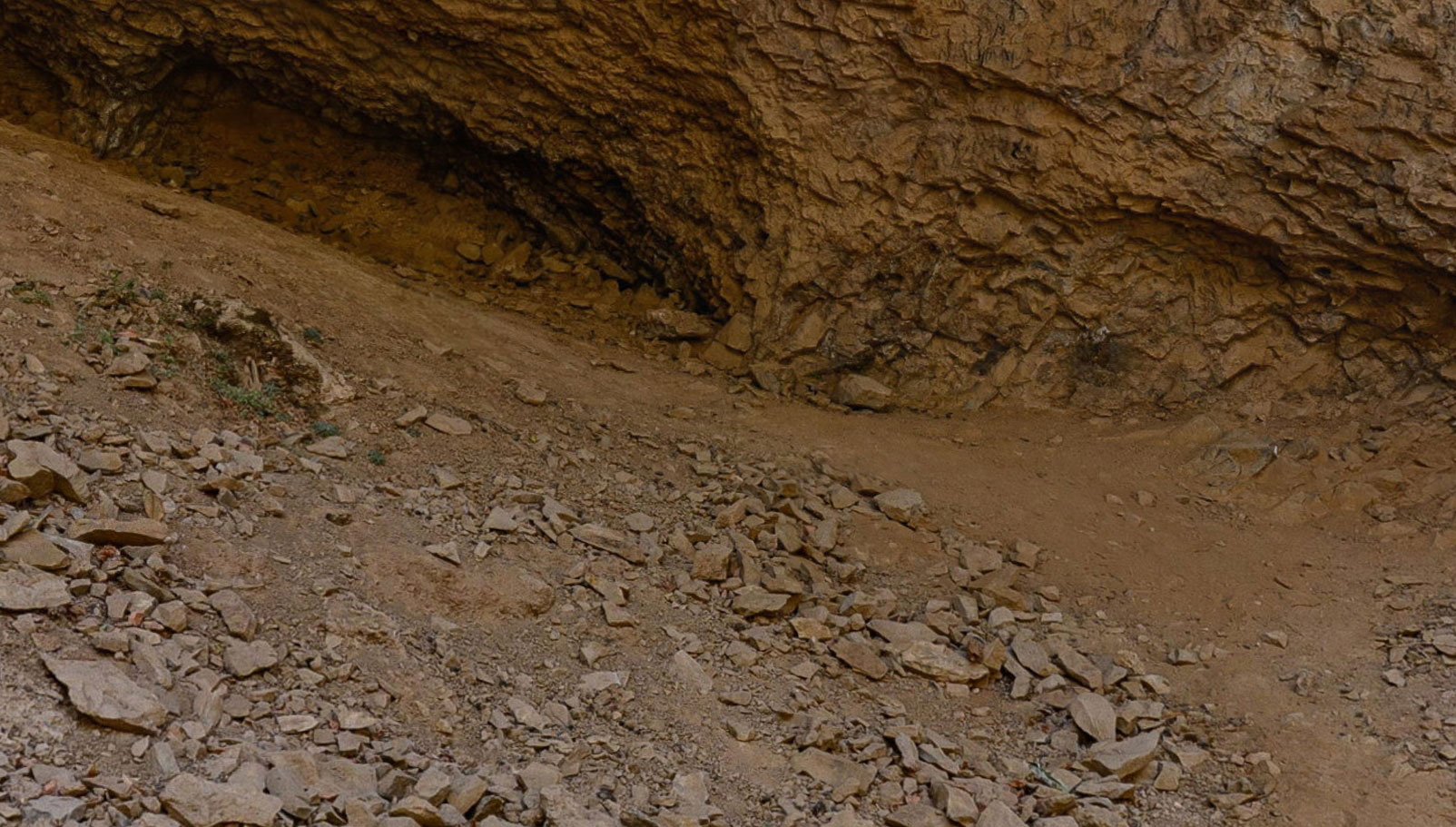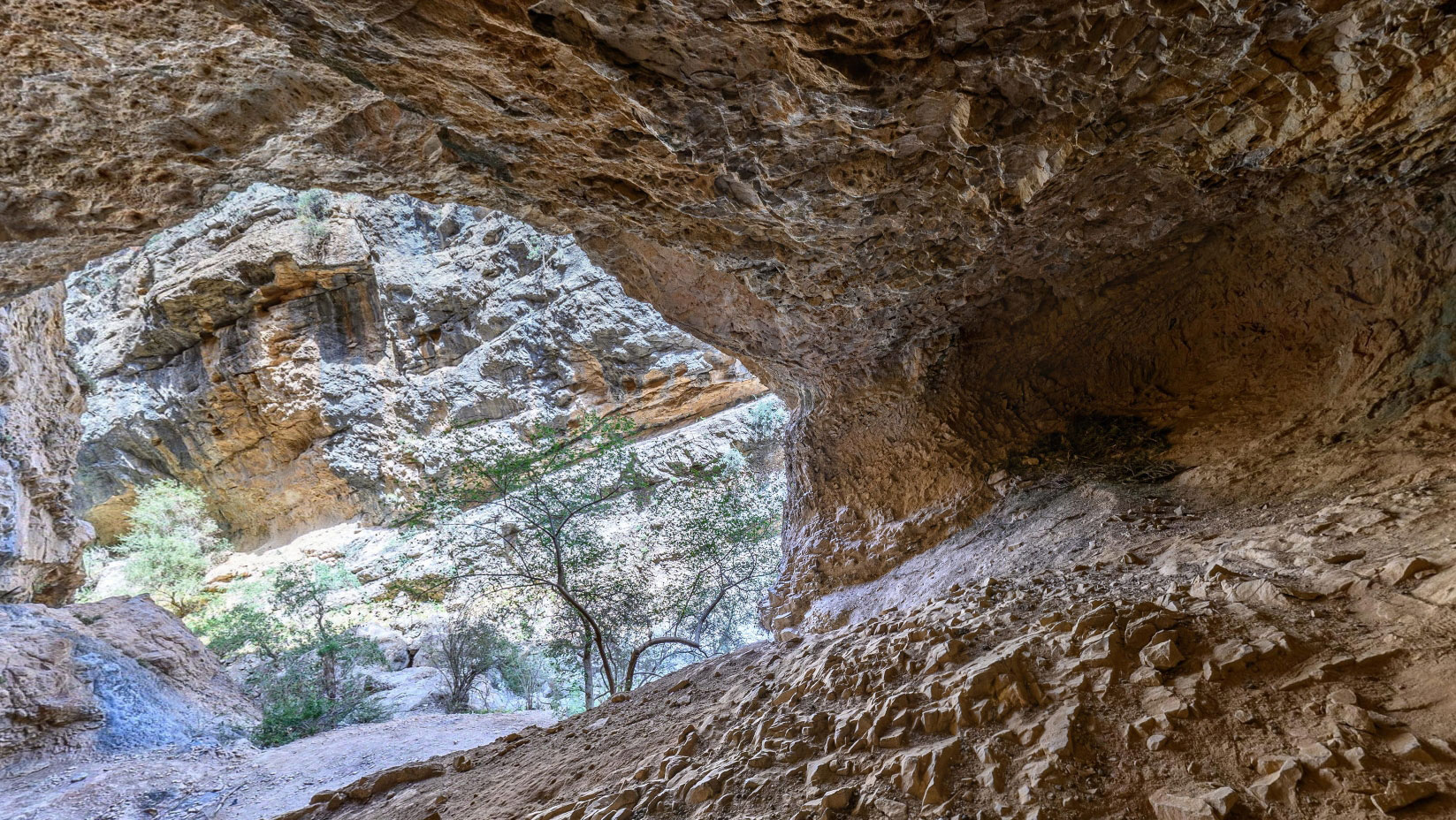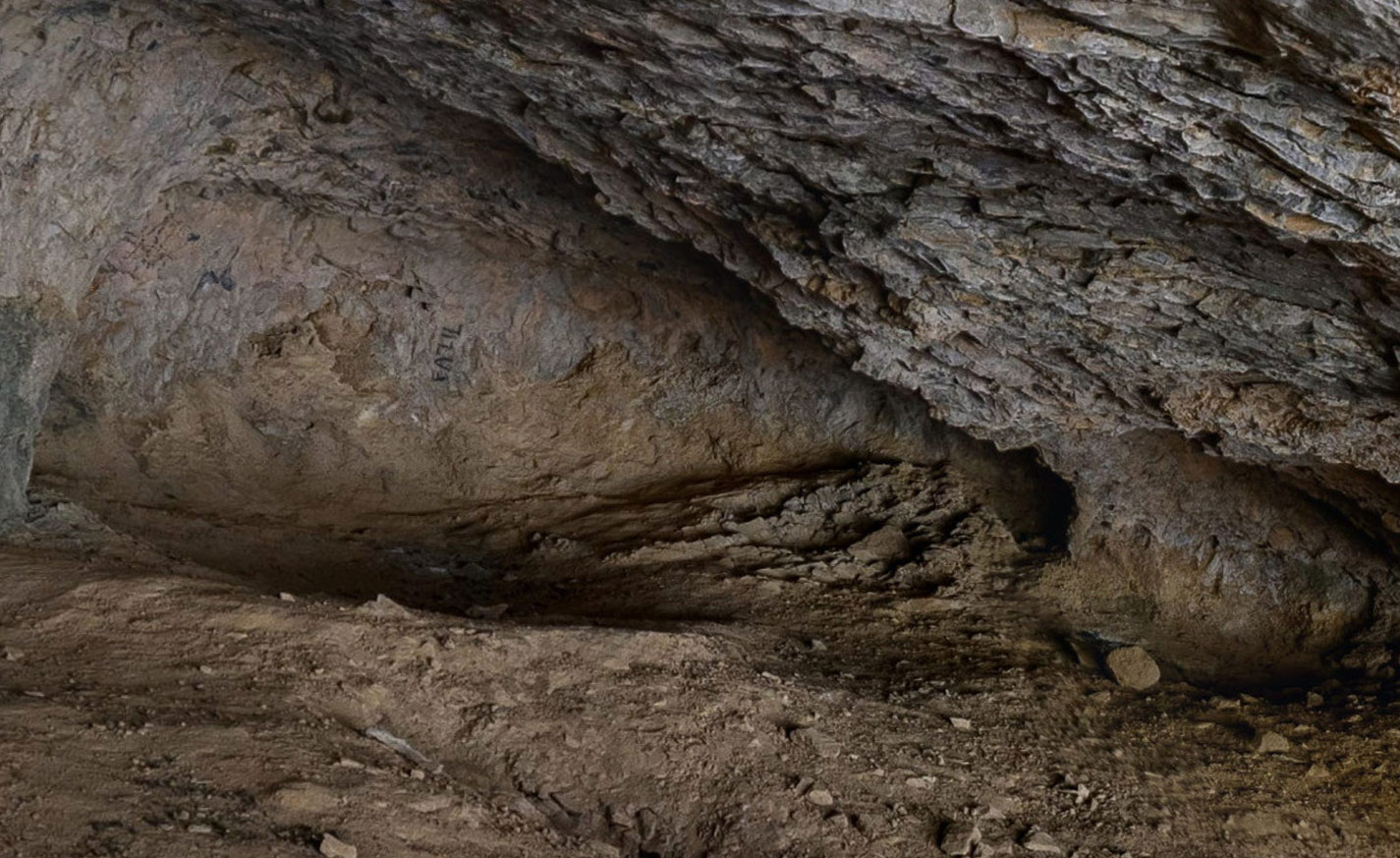Teshik Tash Grotto
- Description
- Links
- Video
This Uzbek grotto gained global renown in 1938 when an ancient burial of a Neanderthal child was discovered within its confines. The burial site revealed both ibex horns and an abundance of Middle Paleolithic stone tools. This finding successfully refuted the notion that Neanderthals solely inhabited Europe and had not ventured into inner Asia. Since then, Teshik Tash has been featured in history textbooks, serving as a significant reference point for many years and defining the easternmost boundary of Neanderthal habitation (until their remains were unearthed in the Okladnikov, Chagyr, and Denisova Caves in Russian Altay).
The burial within the grotto is also highly significant as it revealed the presence of early religious concepts and archaic ritual activities among the Neanderthals. This finding sheds light on the spiritual and ceremonial practices of our ancient ancestors.

Location: The Republic of Uzbekistan, Surxondaryo Region
The archeological studies began in:: In 1938-1989, A.P. Okladnikov was the first to study the grotto. Later on, he went on to establish the Institute of History, Philology, and Philosophy in Novosibirsk Akademgorodok.
Estimated layers age: About 40 ka
Human species: Neanderthals
Study history
In 1938, the Soviet researcher A.P. Okladnikov made a groundbreaking discovery in the Teshik Tash Grotto located in Uzbekistan, unearthing archaic stone tools and the burial site of a Neanderthal child. The first discovery was a skull, which was found in several pieces but preserved in the correct order. The skull was larger than that of modern children and featured supraorbital ridges and a sloping forehead, distinguishing it from the appearance of modern children. The child was not tall, had a long body, powerful shoulders, and unusually strong hands and legs. Initially, researchers believed that the burial belonged to a boy, who was later depicted in well-known sculptural reconstructions by the Soviet anthropologist M.M. Gerasimov. However, a subsequent theory suggested that the burial site belonged to a girl.
During the excavations conducted between 1938 and 1939 at the Teshik Tash Grotto, a series of five cultural layers revealed a wealth of Middle Paleolithic stone tools, including various production remnants such as nuclei, flakes, and scrapers. The site also yielded bones of wild animals that once inhabited the cave surroundings. Of particular significance was the discovery of a child's burial, accompanied by a deliberate arrangement of ibex horns. This significant find suggests the emergence of ritual activities among the Neanderthals, indicating that the young boy from Teshik Tash Cave was intentionally buried rather than simply abandoned.
In 2003, the staff of the Institute of Archeology and Ethnography of the SB RAS conducted further explorations in the Zautolosh-dar sai, the location of the grotto, as well as in several adjacent gorges. In 2022, samples were collected from the grotto for a specialized test known as electron spin resonance dating..
The most well-known finds are:
A burial of a Neanderthal boy surrounded by ibex horns.
-
A.P. Okladnikov. The morning of art. 1967 (In Russ.).
-
Technological repertoire of the Teshik Tash Neanderthals: new data. Ural Historical Journal. 2022 (In Russ.).
-
Variability of the Teshik-Tash Grotto Industry. Vestnik NSU. Series: History and Philology. 2022. (In Russ.).
-
Study of Amir Temur 1 and Teshik-Tosh 2 sites. The American Journal of Social Science and Education Innovations. 2021


